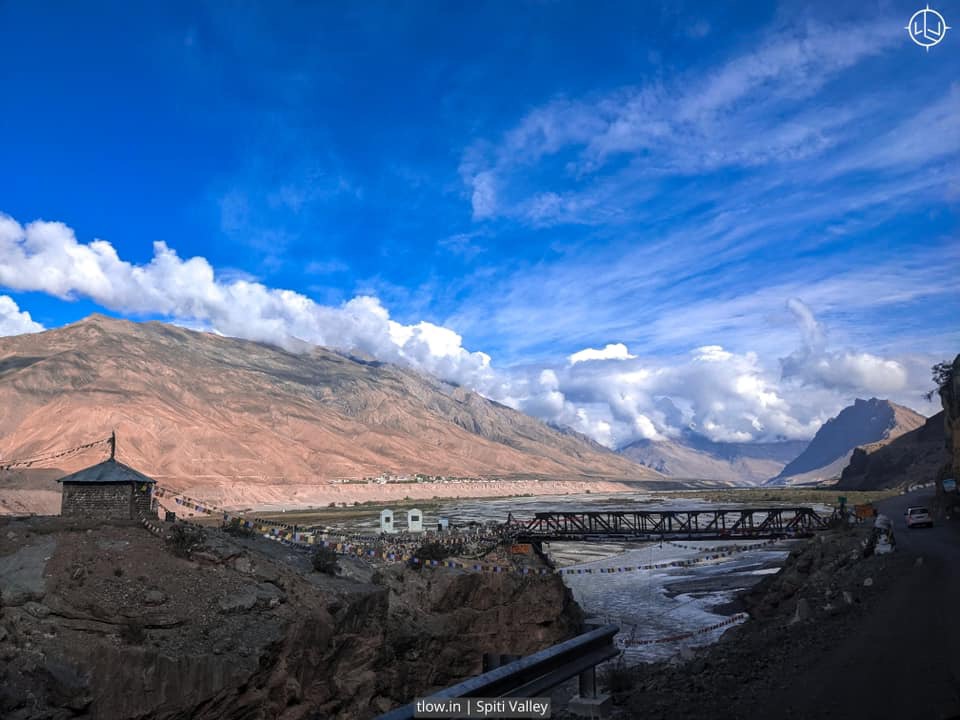
10 remarkable reasons why Spiti Valley trips are non relaxing
Spiti Valley isn’t Ladakh. It might look the same but they surely ain’t the same. Spiti Valley is the raw rugged cousin that is still very much untamed and wild. So be prepared mentally for a road trip that will push you out of your comfort zone and make your life a lot more better once you return to the city world.
Table of Contents
Long journey
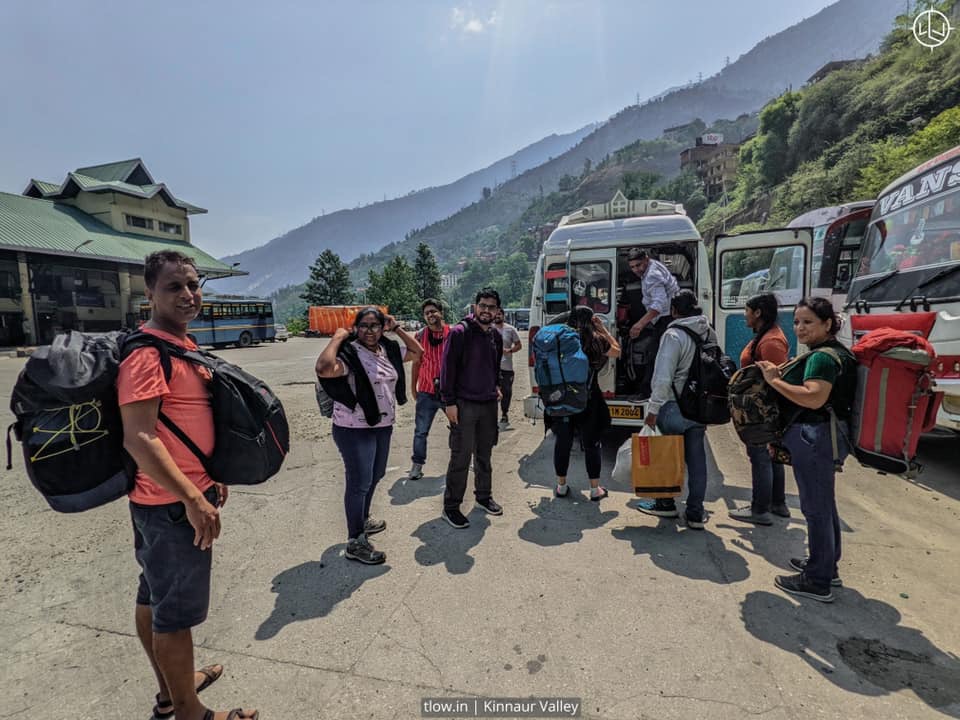
Be prepared to be seated in the vehicle every day for a minimum of four to 10 hours depending on where you’re heading to or how the road condition is. So if your the kind who wants a short car ride then Spiti Valley isn’t the road trip for you.
Broken roads
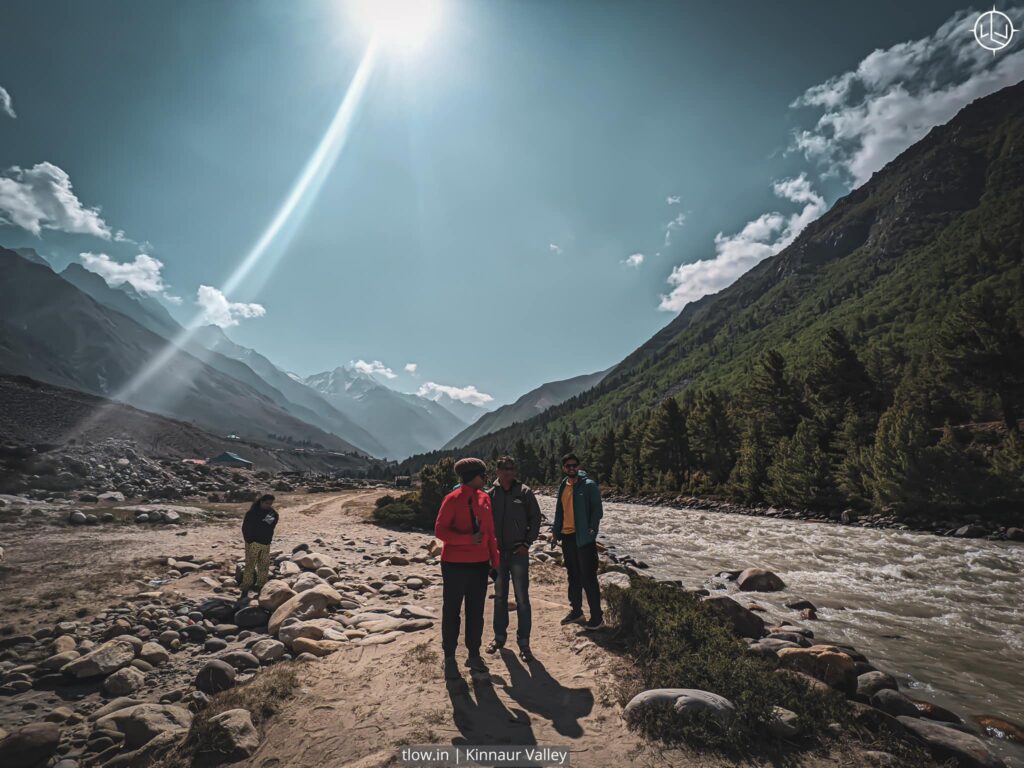
Yes, the roads are not perfect considering the remote terrain. You’ll come across a lot of unpaved and bumpy roads which will make you go, “Oh, ouch,” so don’t expect is to be smooth roads like the Instagram bloggers post on their handles.
Dusty climate
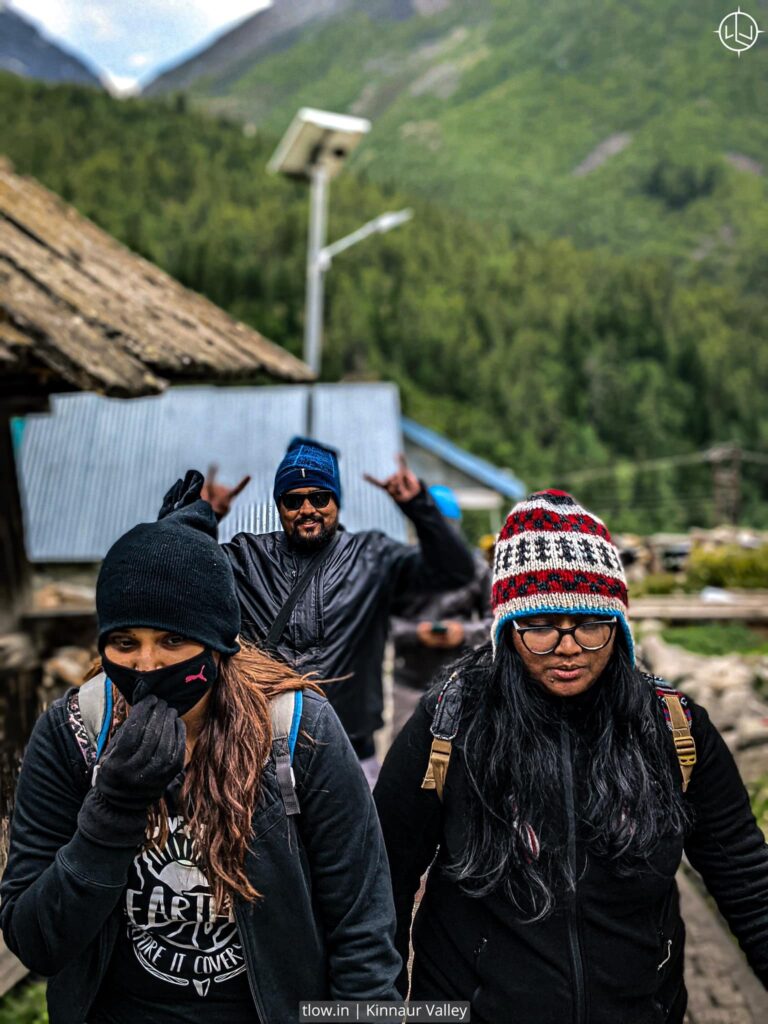
Spiti Valley is a dust bowl. Yes, without any trees it is nothing but dust flying all over the road. Sand storms are very common and even if you have the windows rolled up, the dust will still find a way to reach your face.
Extreme weather
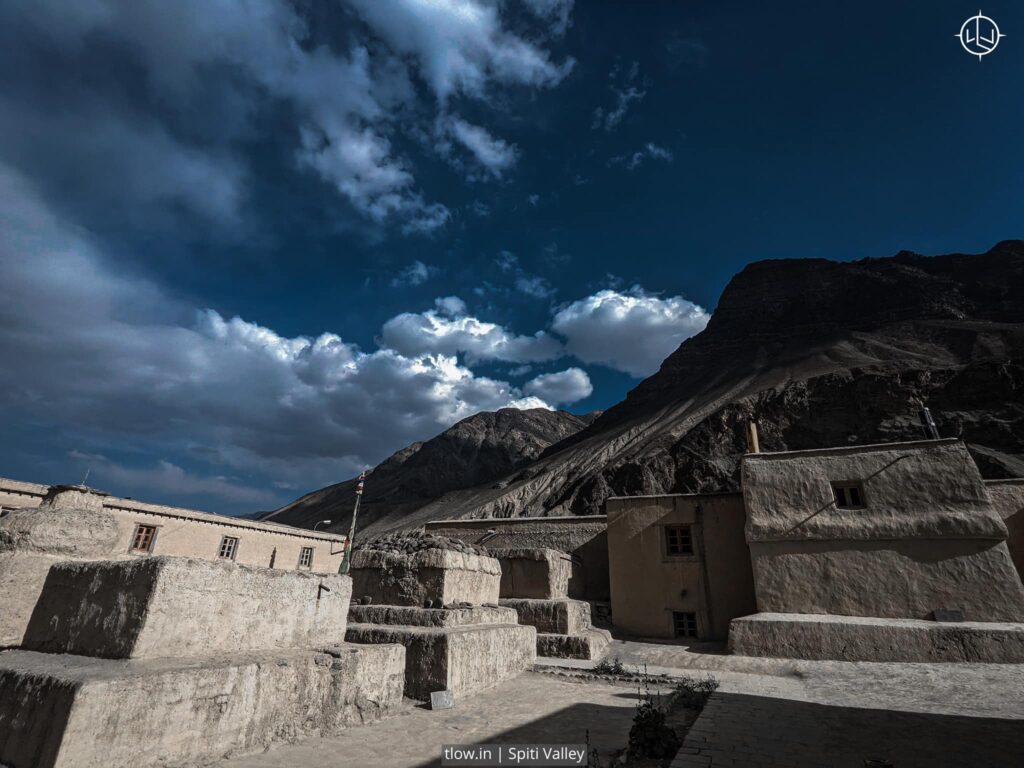
A cold desert is where you can expect the unexpected in terms of weather in a day. Spiti Valley can go from being extremely cold to extremely windy and then bright sunshine in a matter of minutes. So expect it to be hot in the daytime and extremely windy and cold in the night.
Basic food options
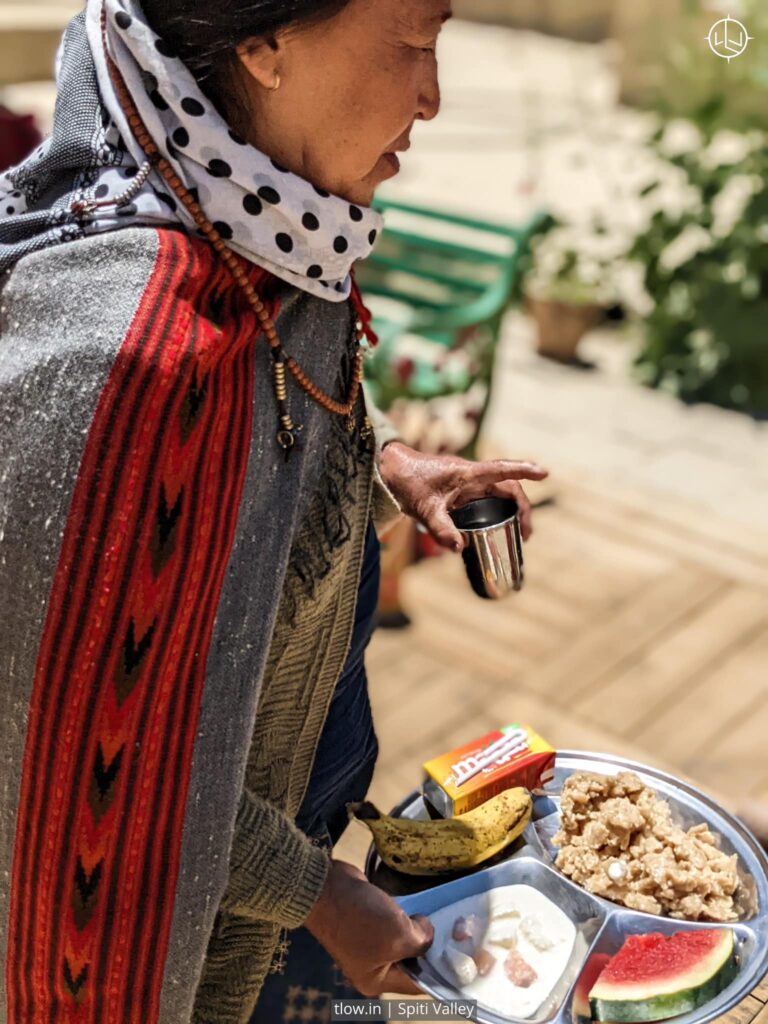
Food options in Spiti Valley beyond the towns of Tabo and Kaza are very limited in options. Non vegetarian is pretty much not available and then even the vegetarian options are all about dal, rice, roti and vegetables. Egg is the max that’s available to keep you smiling.
Low oxygen level
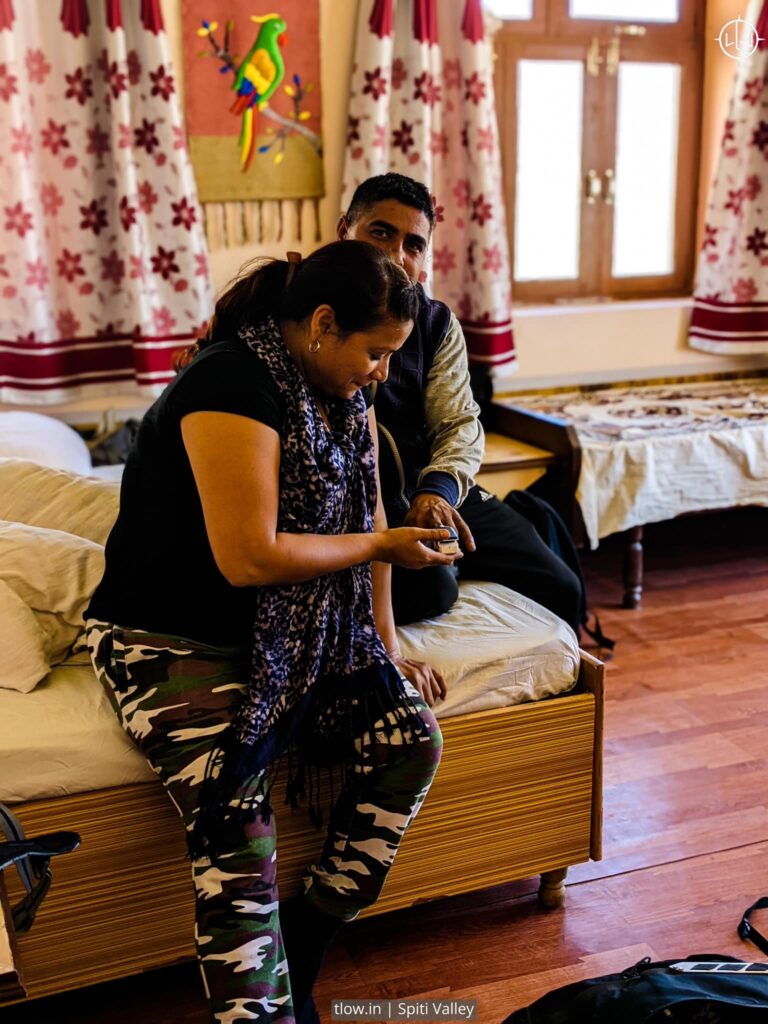
Spiti Valley has barely any oxygen, because of two reasons. There isn’t any vegetation, so oxygen produced in Spiti Valley is extremely low compared to other Himalayan regions. And then you club this with the high altitude of the region. It’s extremely tough on rookies and people with weak minds.
High altitude stays

All the night stays in Spiti Valley are at an average altitude of 10k to 14k feet ASL (1K= 1000 feet) so be prepared to spend nights in some of the highest villages in the world. This altitude isn’t a challenge, if you plan your route correctly. But if you move too fast, it will back fire.
Electricity fluctuations
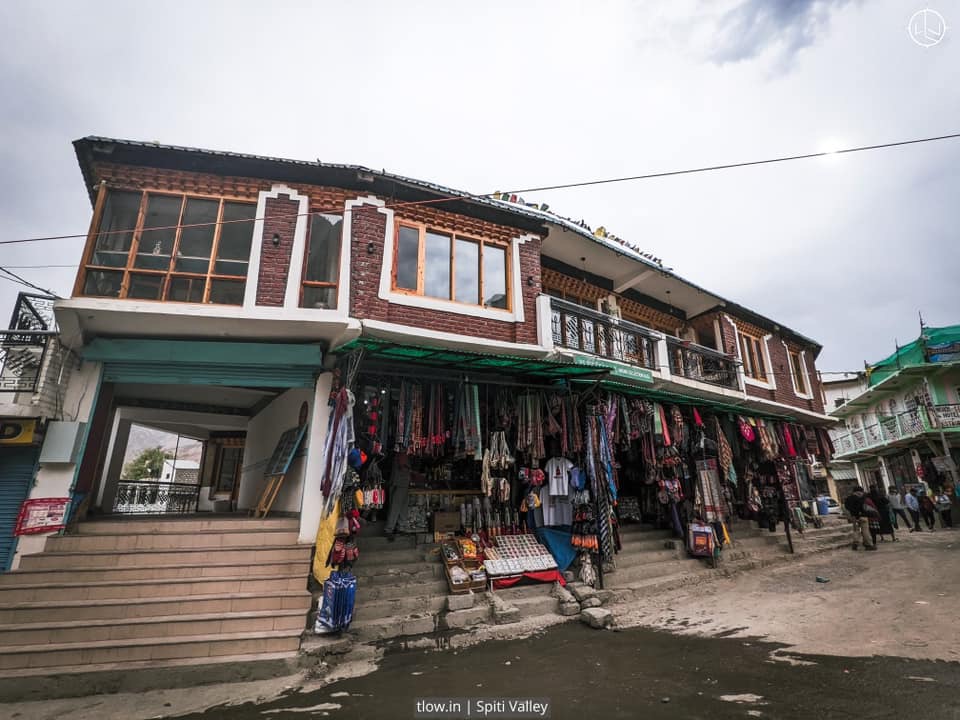
Electricity isn’t the best in Spiti Valley. Power cuts are common and especially in the towns of Kaza and Tabo. Daily power cuts during the day time which go on usually from 10 am to sunset and beyond on some days.
Water scarcity
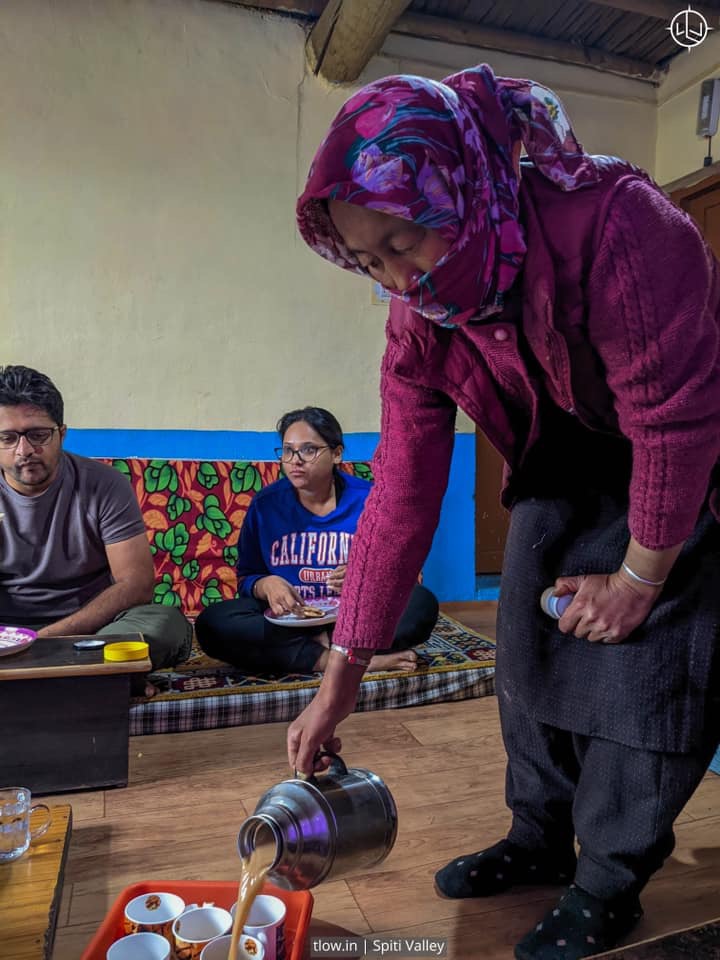
Spiti Valley is a cold dry barren desert. But more than that, it’s a rain shadow region, which receives no monsoon. Spiti Valley relies completely on glaciers melting during the summers to provide water to the villages and the entire region. So villagers have to walk four to seven kms in search of water even during the summers. So please be very mindful while using water in Spiti Valley.
Daily change of village (night stay)
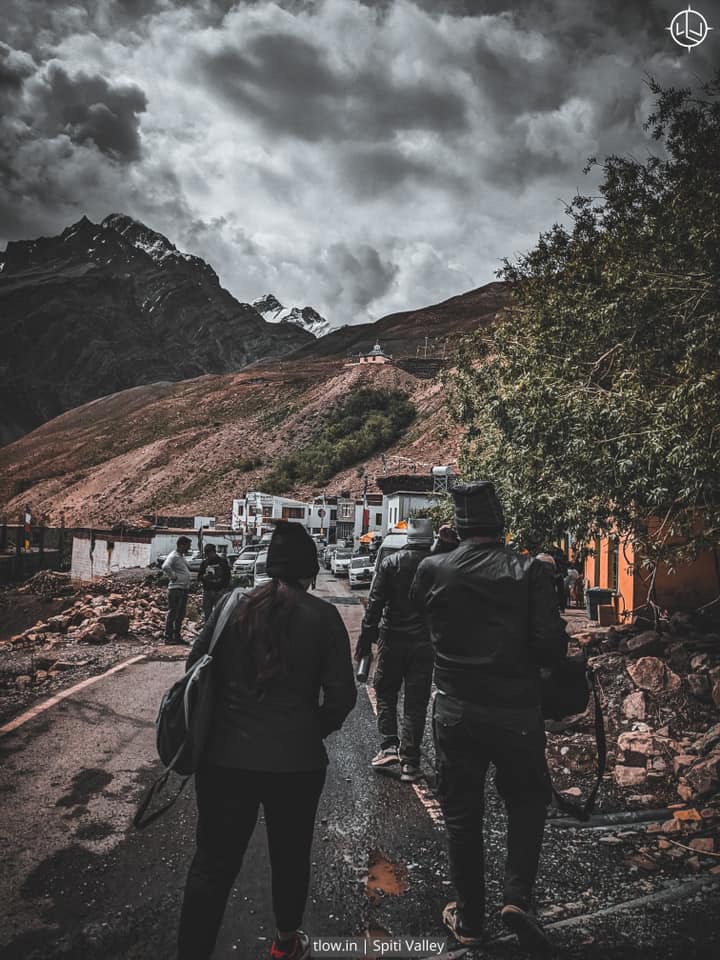
Unlike other places, Spiti Valley is an end to end road trip where in, you will change your home stay or guest house daily to move to the next location. So packing and unpacking daily, isn’t for everyone. Hence most end up with a tourist blueprint which involves them just staying in one or two places (Kaza+Tabo) while the rest is about just going and visiting for day trips.











